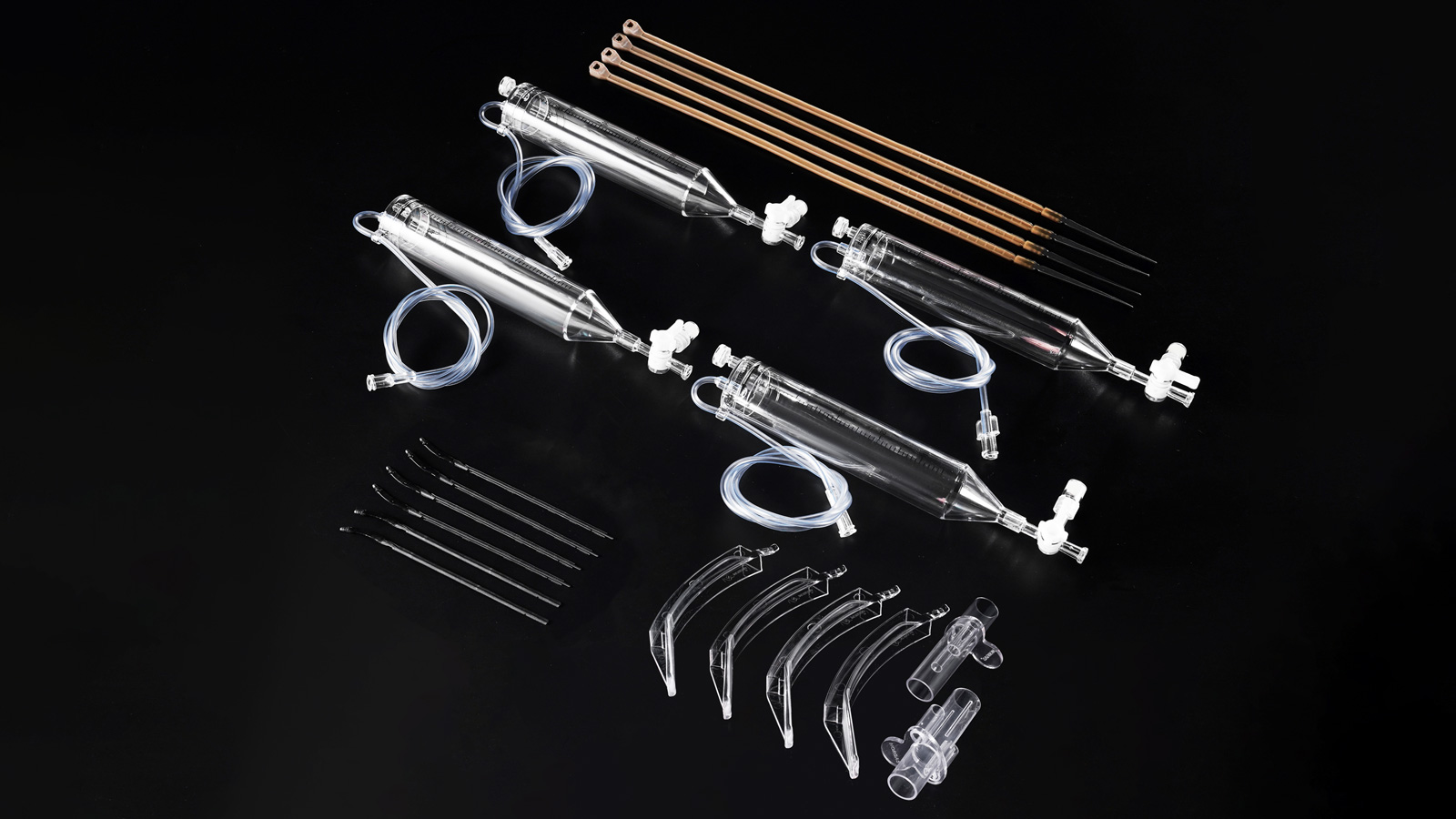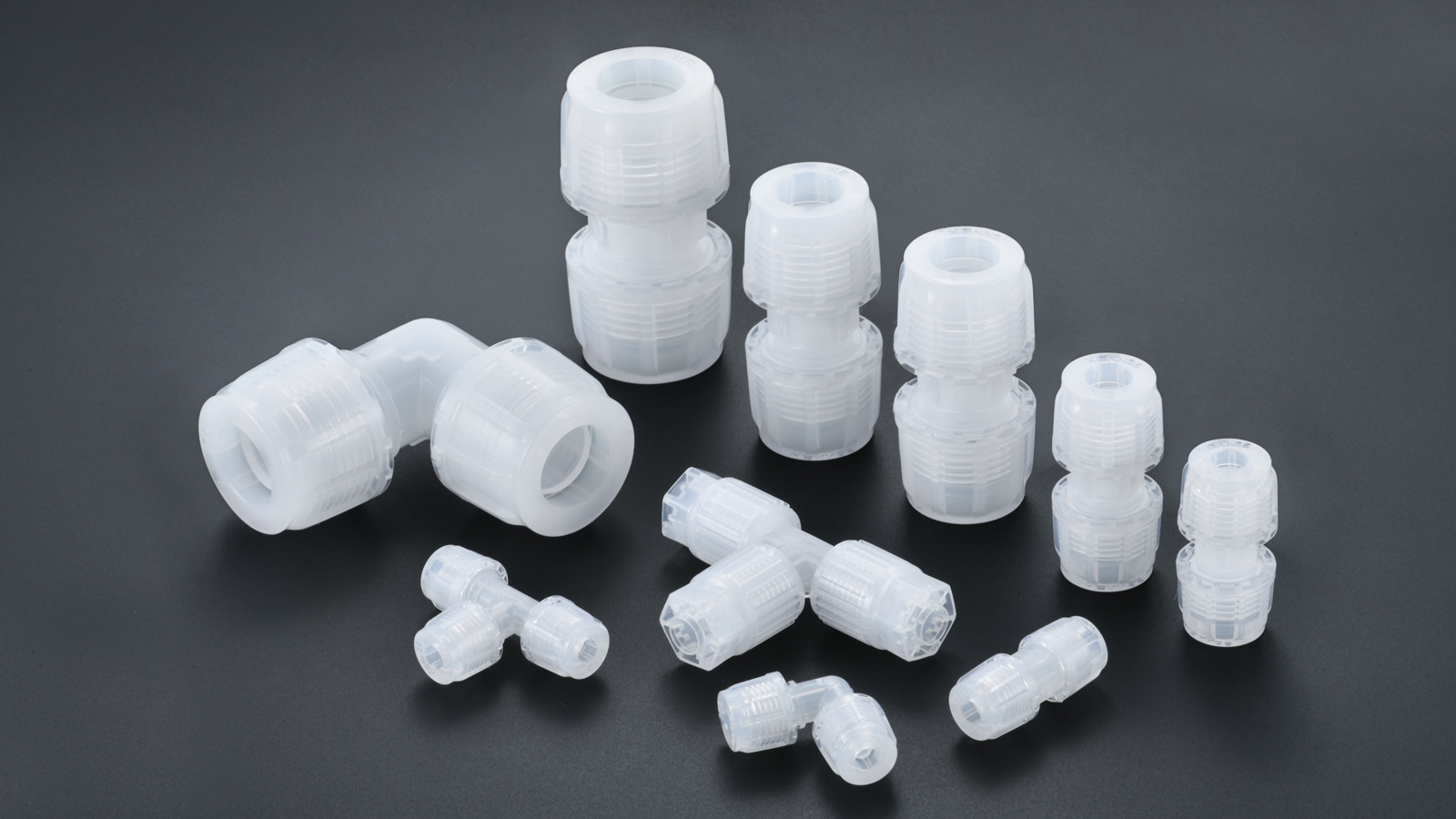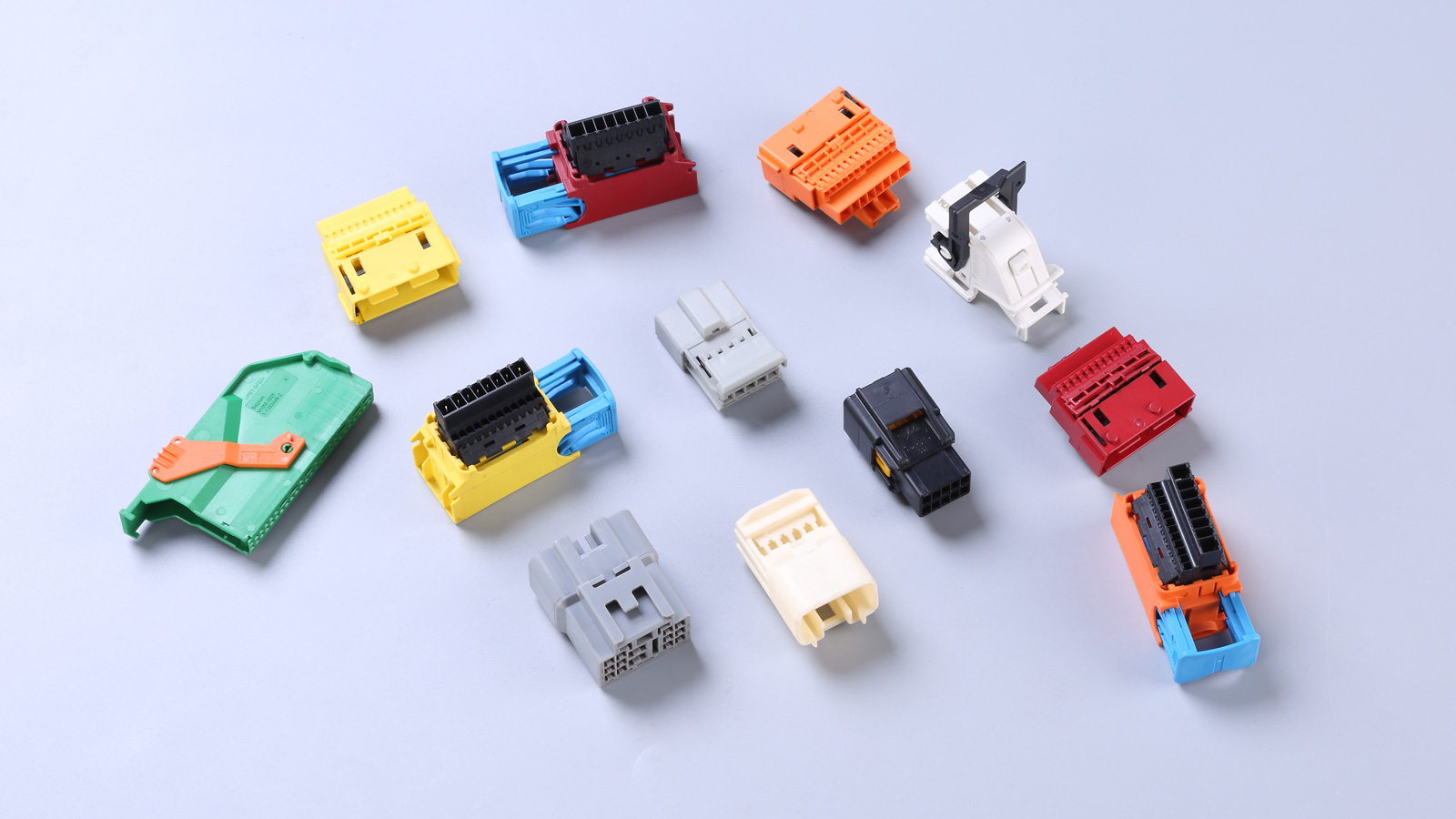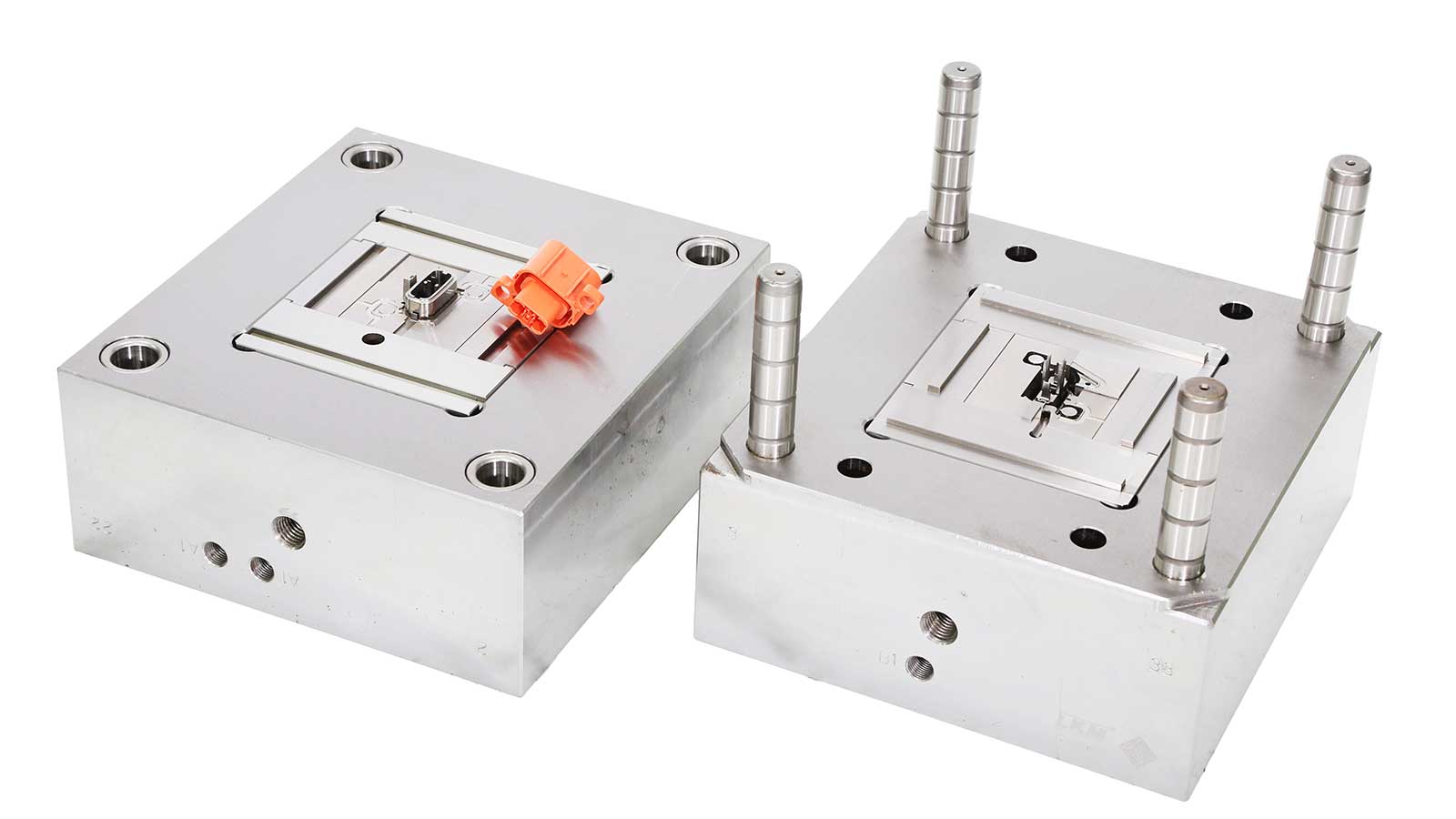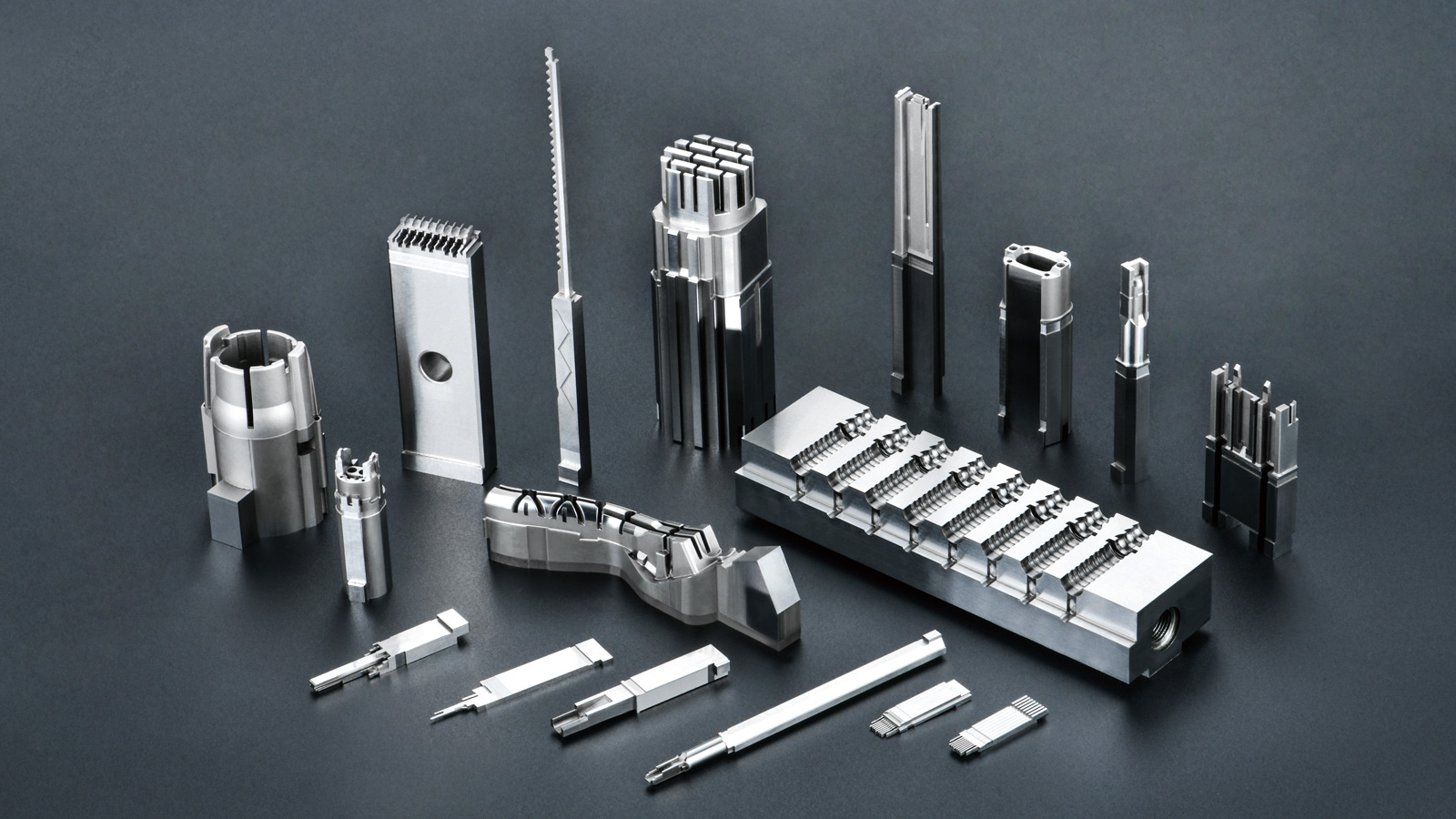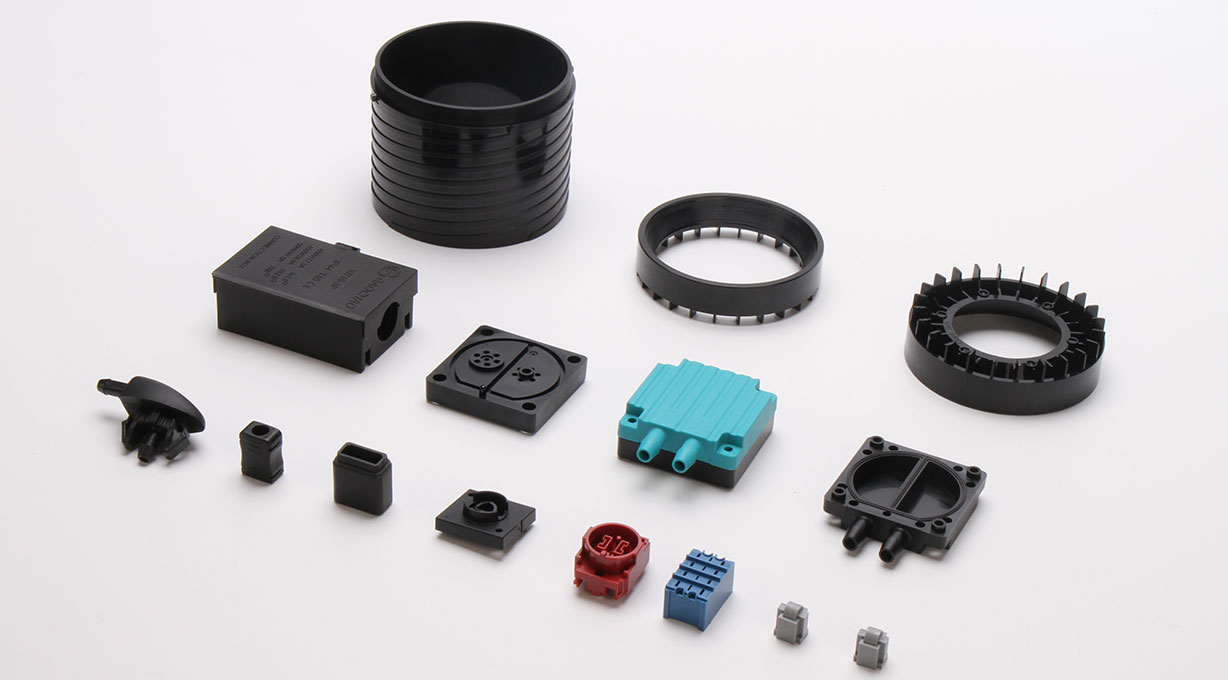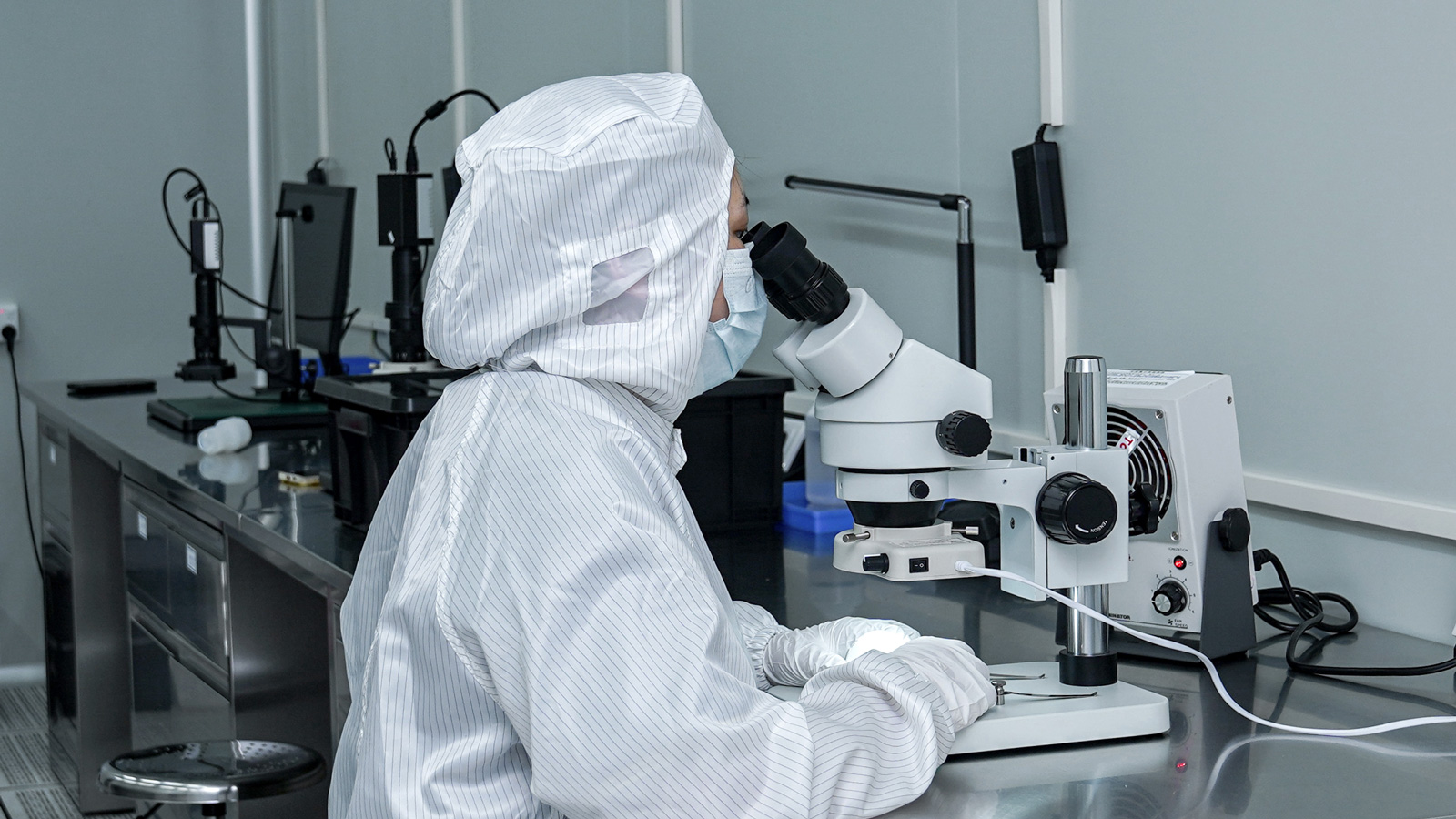In the field of injection mold processing, achieving high-precision tolerances for product performance is of utmost importance. It is closely related to product quality, functional stability, and production efficiency. Tolerance, as an acceptable limit of variation, encompasses both physical properties and dimensions.
During the injection mold processing, the dimensions of plastic parts are influenced by numerous variables, making it difficult to machine them into precise sizes as in some other manufacturing processes. Factors such as material properties, product performance, mold design, processing machines, and production procedures can all lead to variations in the dimensions of plastic parts. If the mold tolerances are not clearly defined during the design stage of injection molds, a series of problems will arise, including inaccurate mold matching, product functional failures, production delays, and unexpected cost increases. The following will elaborate on how to achieve higher product performance tolerances in injection mold processing from four key aspects.
1. Precise Injection Mold Product Design
Controlling injection mold tolerances starts with establishing a reasonable tolerance range during the design stage. The tolerance range plays a decisive role in the functionality of most components. Clearly defining the tolerance range at the initial design stage not only helps improve the manufacturability of mold manufacturing but also enhances its repeatability, thereby ensuring stable quality throughout the entire product life cycle.
During the design process, shrinkage rate is a crucial factor to consider. The shrinkage rate varies depending on the material selection and the wall thickness of the product. Thicker parts may have a different shrinkage rate from thinner parts, and this variation directly affects the ability to maintain strict tolerances. At the same time, the size of the part also influences the shrinkage rate. Small components have a relatively small shrinkage rate and are easier to achieve strict dimensional control. In contrast, large parts may find it more difficult to maintain strict tolerances when shrinking over a larger distance.
In addition, it is essential to analyze the flow of the injection mold before production. By accurately predicting the gate location, filling speed, shear stress, packing situation, cooling process, and shrinkage, a reasonable tolerance range can be determined, and tight tolerances can be avoided in areas prone to warping, shrinkage, or deformation.
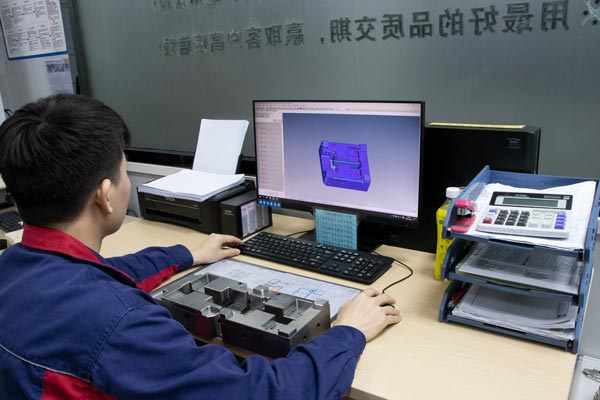
2. Appropriate Selection of Injection Mold Product Materials
Selecting the right resin material is a key step in achieving higher product performance tolerances. Different resins have unique properties and characteristics, which have made injection molding widely used in the manufacturing industry as they offer a variety of possibilities for product manufacturing.
The environment in which the component is located can affect its plasticity and may lead to tolerance deviations. Compared with many other materials, plastics have more significant thermal expansion. Therefore, testing and measuring tolerances in normal operating environments, while taking into account thermal expansion and part shrinkage, are crucial for effective tolerance control.
As mentioned earlier, the shrinkage rate affects tolerances. The geometric shape of the part may cause different shrinkage rates in different parts, and different resins also have different shrinkage rates. Therefore, a deep understanding of resin properties and the complexity of the part is of great significance for accurately grasping the shrinkage rate and setting an appropriate tolerance range.
3. Fine Injection Mold Processing
For parts that require tight or strict tolerances, they should be manufactured using sturdy and well-designed molds. The molds also need to have consistent and repeatable heating and cooling performance; otherwise, the shrinkage rate will vary, making it difficult to achieve the desired tolerances.
As product designs become more complex, complex parts require more sophisticated injection molds. With the increasing complexity of injection mold processing and the addition of other components and functions, it is particularly important to ensure that all components can correctly transfer heat to achieve acceptable cooling of the resin and the part.
Determining an appropriate gate location is crucial for balancing the melt flow. A reasonable gate location can effectively avoid unexpected shrinkage and warping, thereby ensuring the stability of product tolerances.
4. Strict Process Control in Injection Mold Processing
Developing a repeatable production process is the core of achieving tight tolerances. From the beginning of production, an appropriate process and document control system should be established to ensure that components are not subject to unnecessary pressure, heat, or other factors that may damage the resin properties or affect the product’s application functions during the production process. Through strict process control, it can be ensured that each production link is carried out within a controllable range, thus effectively achieving high-precision tolerances for product performance.
In conclusion, to achieve higher product performance tolerances in injection mold processing, comprehensive and meticulous control is required in multiple aspects, including product design, material selection, mold processing, and process control. Only by close cooperation and coordinated optimization of all links can high-precision products with stable quality and reliable performance be produced.
